ICP technology, which stands for “Inductively Coupled Plasma,” refers to an analytical technique primarily used in “Inductively Coupled Plasma Mass Spectrometry (ICP-MS)” and “Inductively Coupled Plasma Optical Emission Spectrometry (ICP-OES).” It allows scientists to precisely measure the elemental composition of a sample by ionizing the elements within a plasma. It’s crucial in environmental monitoring, food analysis, and medical diagnostics.
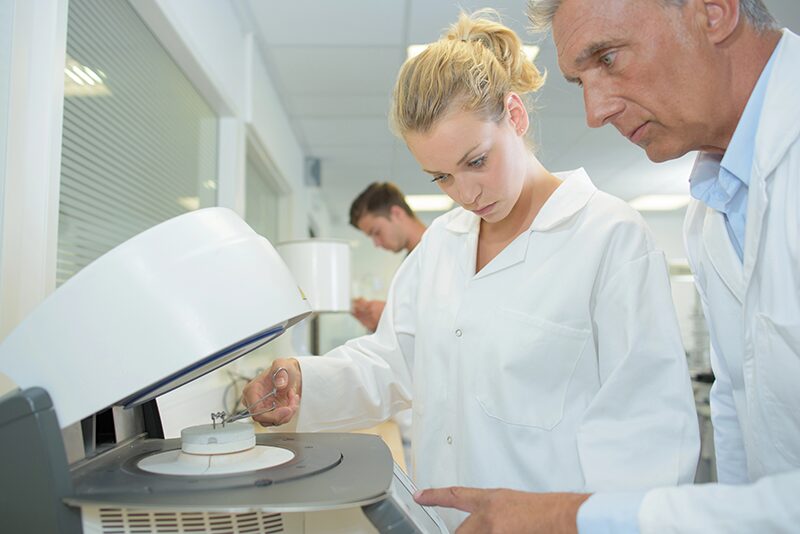
Over the past 40 years, ICP technology has significantly evolved with improved sensitivity, faster analysis times, and broader applications. As a result, it has become a standard method for trace element analysis due to its high accuracy and ability to measure multiple elements simultaneously. Precision Glassblowing has been there since 1982 as a partner and a problem-solver for its customers.
How ICP Technology Works
A sample is introduced into a high-temperature plasma, where the atoms are excited and emit light at specific wavelengths that are then detected and analyzed to identify the elements present and their concentrations.

Major advancements in 40 years:
- Increased sensitivity: Modern ICP-MS instruments can detect significantly lower element concentrations than earlier versions, allowing for analysis of trace elements in complex samples.
- Multi-element analysis: ICP technology can simultaneously measure multiple elements in a single sample, making it highly efficient for complex analyses.
- Improved sample introduction methods: Advancements in nebulizers and sample introduction systems have enhanced the accuracy and precision of analysis.
- Software advancements: Sophisticated data analysis and quality control streamline the ICP process.
Why ICP technology matters:
- Wide applicability: ICP is used in various fields including environmental monitoring (checking pollutants in water and air), food safety (analyzing heavy metals in food), forensic analysis (identifying elements in evidence), and clinical research (measuring trace elements in biological samples).
- High accuracy and precision: ICP technology offers high sensitivity and the ability to detect very low concentrations of elements, making it crucial for accurate elemental analysis.
- Multi-element analysis capability: Unlike older techniques that could only measure one element at a time, ICP allows simultaneous analysis of multiple elements, saving time and resources.

Early Innovations in ICP Technology
Horiba introduced the first ICP spectrometer for analytical purposes in 1978. It was called the JY (JOBIN YVON) 38. This marked the beginning of a series of rapid advancements in ICP technology. Just a year later, Applied Research Labs (ARL) introduced the Quantometer 34000, further pushing the boundaries of what was possible with ICP technology.
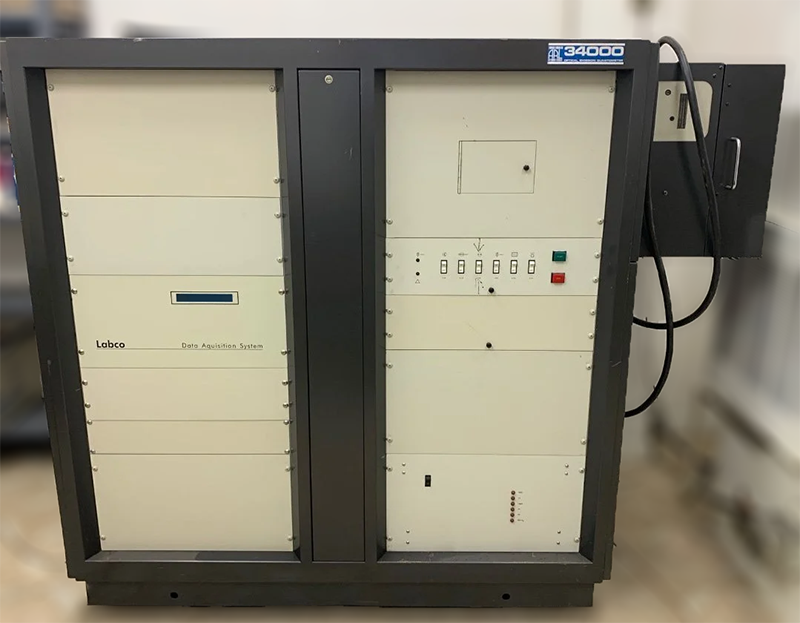
The 1980s: A Decade of Breakthroughs
The 1980s saw a flurry of activity and innovation. In 1981, Finnigan MAT introduced the MAT261-MS, and in 1982, ARL launched the 3500 Maxi. Thermo Jarrell Ash followed suit with the AtomScan 2000, a fully automated sequential ICP spectrometer. Perkin-Elmer also made significant strides with the Model 5500-AES/AAS, featuring a basic programmable computer.
The Rise of Ion-Trap Systems
In 1983, Finnigan MAT introduced the first commercial ion-trap system. This system was initially intended as a GC detector but soon found applications in GC detectors, LC-MS detectors, and standalone mass spectrometers. The same year, Perkin-Elmer Sciex introduced the Elan 250, the first-generation quadrupole ICP-MS instrument.
Mid-1980s: Continued Innovation
The mid-1980s continued to see significant advancements. In 1984, VG Analytical Inc. introduced the PQ1 (PlasmaQuad 1), the first-generation quadrupole ICP-MS instrument. Baird also made waves with the introduction of Plasma AFS. In 1985, SPECTRO Analytical Instruments Inc. introduced the Spectroflame – Sequential ICP-OES Spectrometer.
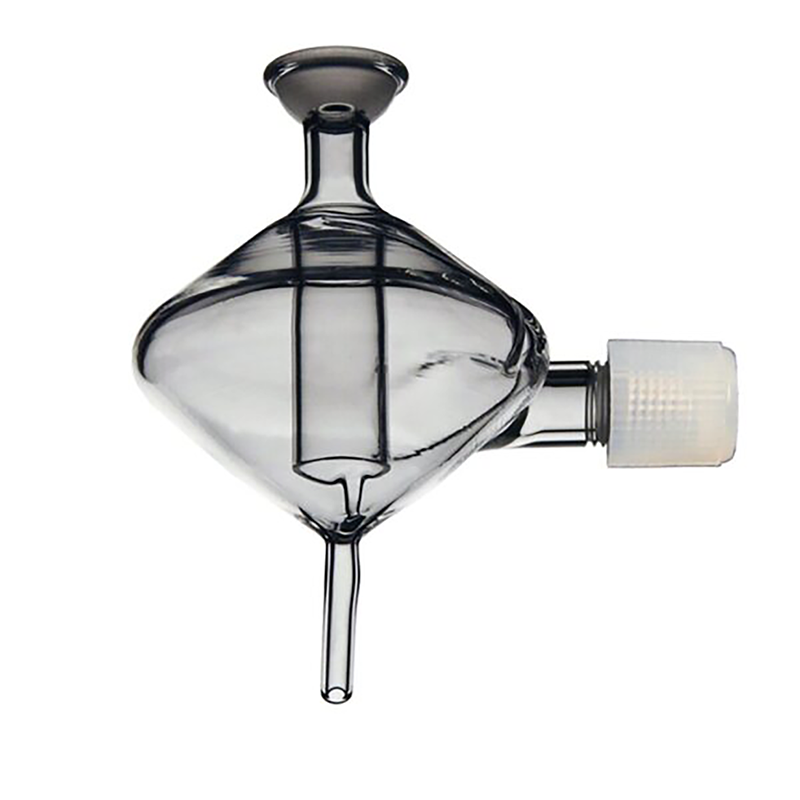
Late 1980s: Refinement and Expansion
The late 1980s were marked by further refinement and expansion of ICP technology. In 1987, Perkin-Elmer introduced the Plasma 40 Sequential ICP-OES Spectrometer 13. This compact spectrometer fit on a standard laboratory benchtop and covered a spectral range from 160 to 800 nm. In 1989, Perkin Elmer Sciex introduced the Elan 500, the first instrument with platinum cones and an inert sample introduction system.
The 1990s: A New Era of ICP Technology
The 1990s ushered in a new era of ICP technology. In 1990, Perkin Elmer introduced the Plasma 400 Sequential ICP-OES Spectrometer. This instrument combined the convenience and speed of ICP with simplicity of operation and exceptional reliability. In 1993, Finnigan introduced the Element I, a first-generation double-focusing sector field ICP-MS instrument.
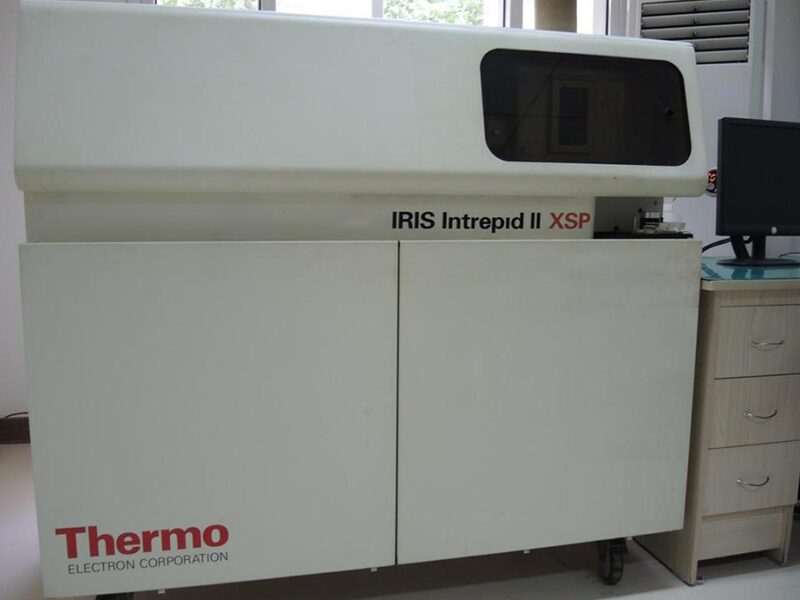
Mid-1990s: Technological Advancements
The mid-1990s saw continued technological advancements. In 1994, Agilent Yokogawa HP introduced the HP 4500, the first benchtop ICP-MS. This instrument became the most successful ICP-MS platform ever produced, with more than 750 units shipped in five years. In 1995, Applied Research Labs (ARL) introduced the Horizon.
Late 1990s: Pushing the Boundaries
The late 1990s were characterized by pushing the boundaries of ICP technology. In 1996, Thermo VG Fisions introduced the PQ3. This instrument featured a fully automated torch alignment platform and improved sensitivity and background. In 1999, Thermo VG introduced the PQ ExCell, a quadrupole ICP-MS instrument with Collision Cell Technology.
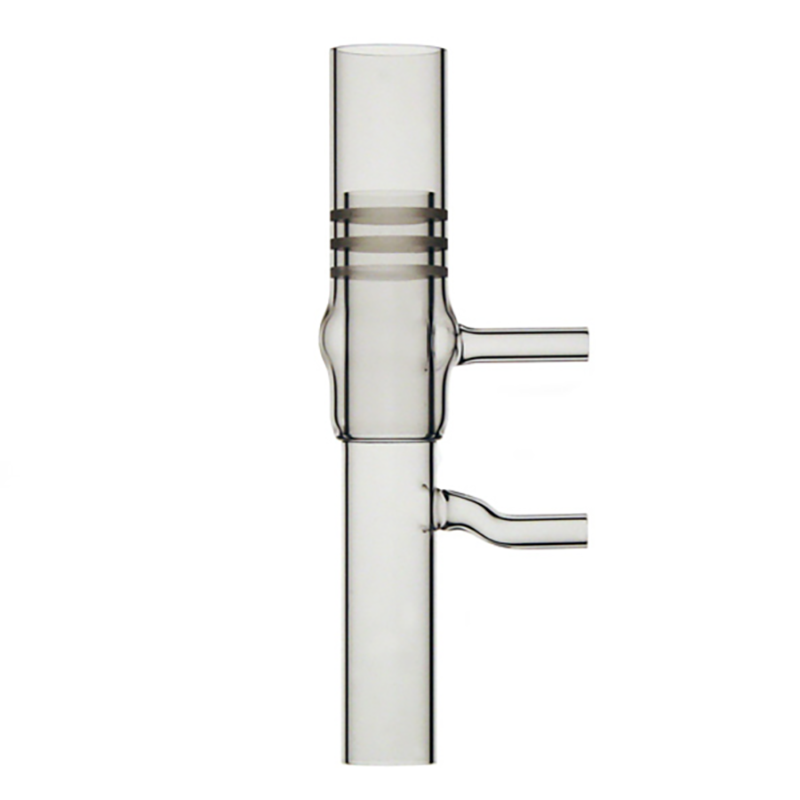
The 2000s: Modern ICP Technology
The 2000s saw the continued evolution of ICP technology. In 2001, Thermo Finnigan launched the Iris Intrepid X Series. This series offered enhanced performance and reliability. In 2002, Sciex introduced the Elan 9000 and Elan DRC 2, featuring Dynamic Reaction Cell™ (DRC™) technology.
Conclusion: The Future of ICP Technology
We mark the history of ICP technology by its rapid advancements and continuous innovation. Companies like Horiba, Perkin-Elmer, and Thermo Finnigan play pivotal roles in driving these advancements. As we look to the future, the potential for further innovation in ICP technology remains vast, promising even greater capabilities and applications.